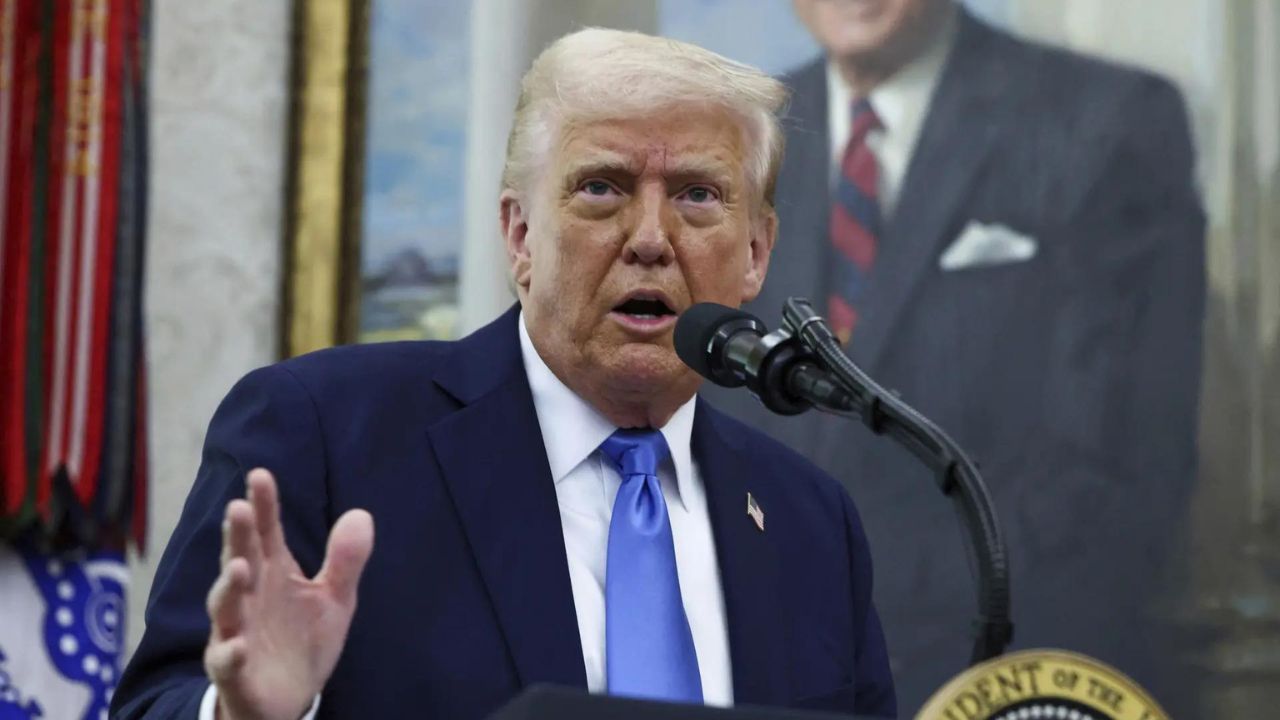Donald Trump’s latest executive order has sparked outrage as he moves to reshape cultural institutions, targeting the Smithsonian in a broader effort to roll back diversity, equity, and inclusion initiatives. The move follows his controversial takeover of Washington’s Kennedy Center, further cementing his influence over federal arts and history institutions.
Trump’s order aims to remove what he calls “divisive ideology” from Smithsonian museums, including the National Museum of African American History and Culture, accusing them of distorting America’s past. It also raises the possibility of restoring Confederate monuments that were removed in recent years and even questions the ideological direction of the National Zoo.
Critics Condemn a “War on History”
Historians and advocacy groups argue that Trump’s directive threatens the integrity of institutions dedicated to telling America’s complex and multifaceted story.
“It is arrogant and appalling for them to claim they have the power and the right to say what history actually is and how it should be exhibited, written, and taught,” said David Blight, a Yale historian and president of the Organization of American Historians.
Margaret Huang, president of the Southern Poverty Law Center, warned that the order is “the latest attempt to erase our history” under the guise of patriotism. “Black history is US history. Women’s history is US history. This country’s history is ugly and beautiful,” she said.
For critics like Huang and Blight, Trump’s push to frame America’s past through a nationalist lens undermines the Smithsonian’s role as a place of education and reflection. “What’s at stake is the way the United States officially portrays its own past, to itself, and to the world,” Blight added.
The Smithsonian’s Legacy Under Threat
The Smithsonian, founded nearly two centuries ago, has long evolved alongside American society, embracing a broader and more inclusive narrative. With 21 museums, a national zoo, and research centers, it receives two-thirds of its funding from the federal government but has historically operated with independence in its programming.
Trump’s push to reshape the institution has raised alarms over potential resignations among curators and historians unwilling to conform to political influence. “If they stay in their jobs, they’re in effect working for an authoritarian takeover of what they do. That will not be acceptable,” Blight warned.
Robert McCoy, a historian at Washington State University, sees Trump’s cultural intervention as part of a larger pattern of control. “These are people attempting to help us broaden what it means to be an American,” he said. “When you lose that, you begin to marginalize a lot of different groups.”
By tightening his grip on institutions that shape public memory, Trump’s critics argue he is not just rewriting history but redefining what it means to belong in America.
